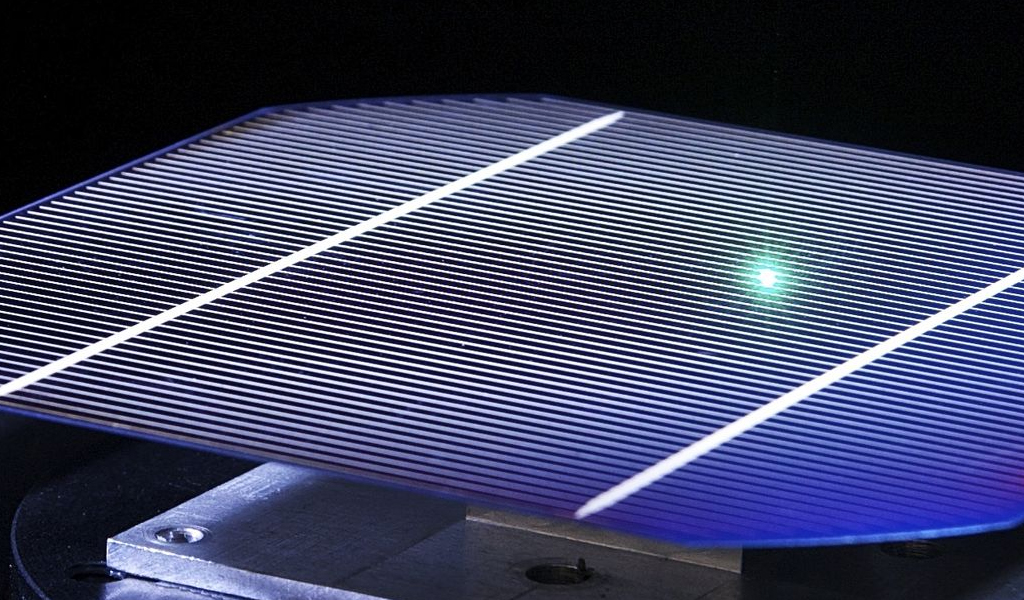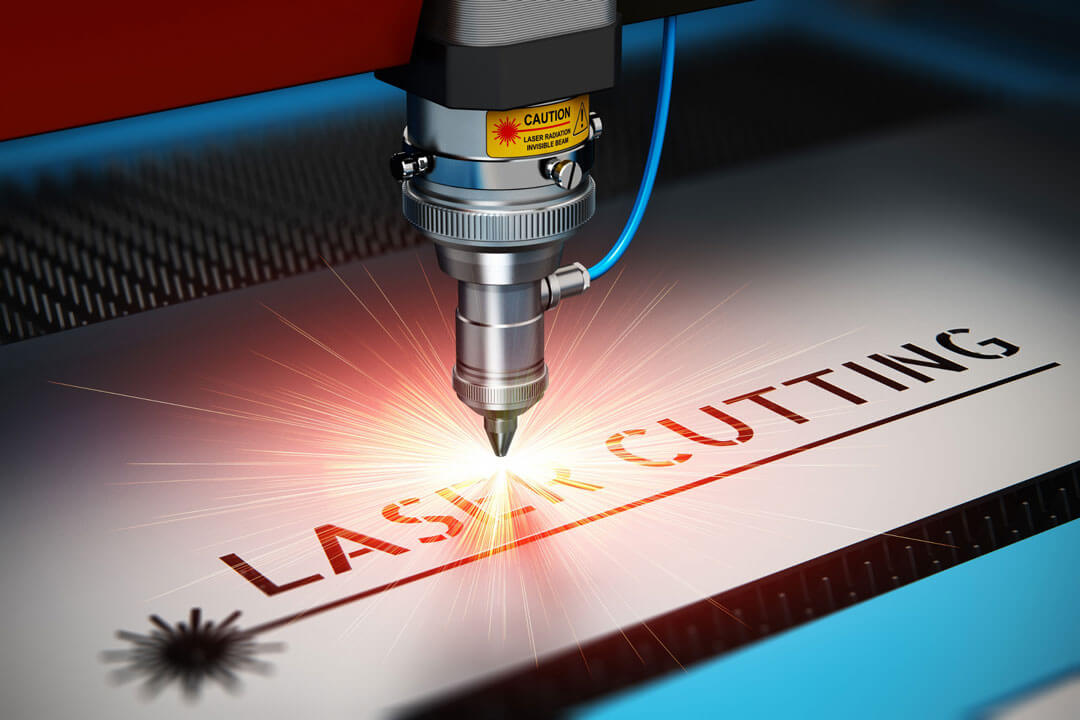Understanding the distinctions between bevel and miter cuts is essential for anyone embarking on a new project. These cutting techniques are not only pivotal in crafting visually appealing products but also in ensuring their structural integrity. Did you know that the right cut can enhance the strength of your joints by up to 50%?
At OPMT Laser, we aim to empower you with the knowledge needed to make informed choices. In this article, we will clarify the differences between bevel and miter cuts, discuss their advantages and disadvantages, and outline practical techniques for executing each method.
Are you ready to elevate your projects? Let’s get started!
What are Bevel Cuts?
Bevel cuts are angled cuts made at the edges of materials where the angle between the surface and the edge is less than 90°. Unlike standard square cuts that create a right angle, bevel cuts create a sloped edge that is essential for various applications such as joining materials more effectively or adding aesthetic appeal to projects.
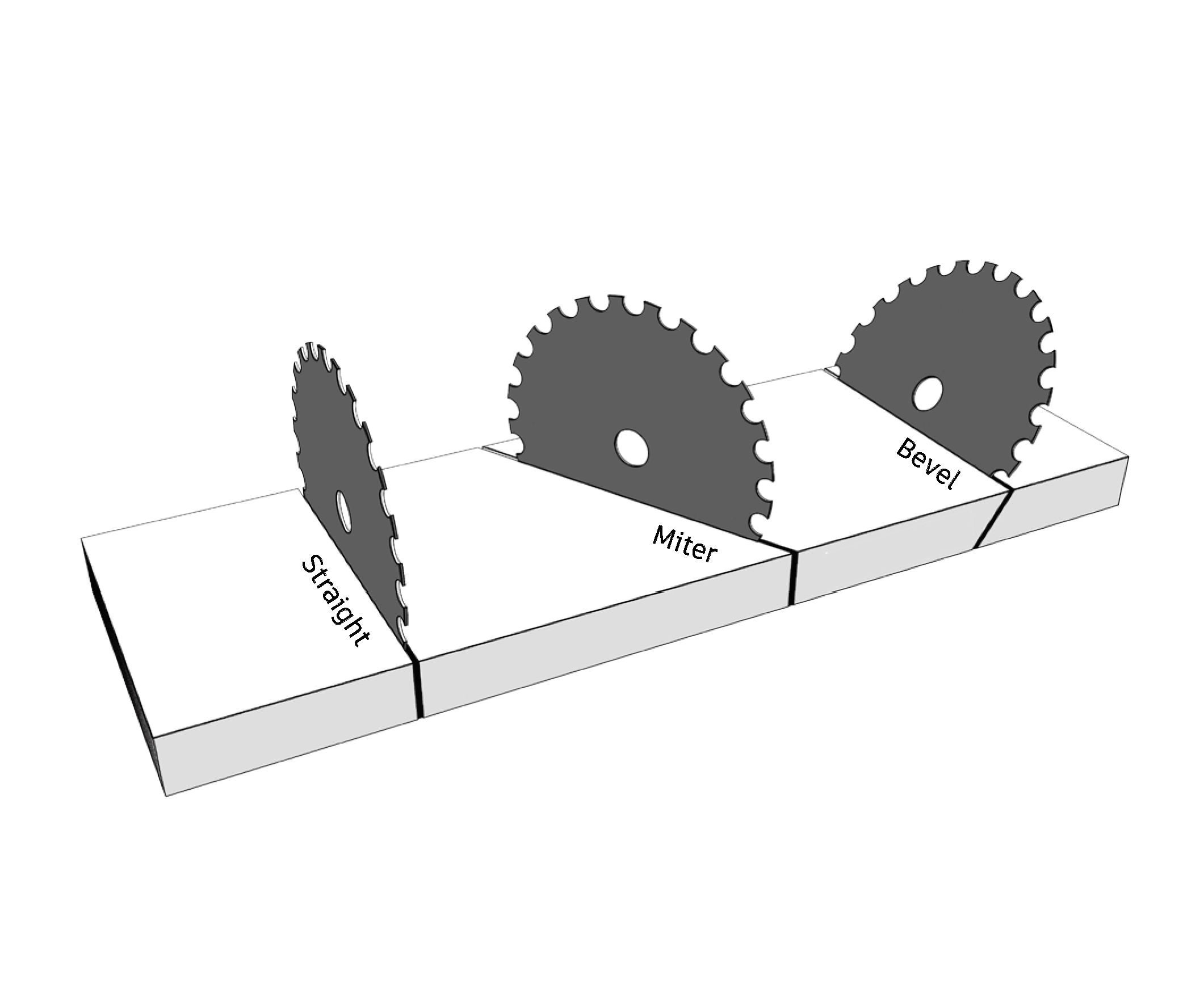
The unique angle achieved through bevel cutting allows for intricate patterns and strong connections between workpieces. With OPMT Laser’s advanced cutting technology, achieving precise bevel angles has never been easier. By utilizing laser precision, OPMT ensures that each cut not only meets but exceeds industry standards for quality and accuracy.
Bevel cutting is versatile; it can be performed at any angle less than 90° depending on project requirements. This adaptability enhances both the structural integrity and visual appeal of finished products, making it a favored technique across various industries including woodworking, metalworking, and construction.
Technologies for Bevel-Cutting
Bevel cutting is an essential technique in various industries, utilizing advanced technologies to achieve precise and intricate cuts. Understanding the different methods available can significantly enhance production efficiency and quality. Here’s a detailed look at the leading bevel-cutting technologies.
Portable Tools
Portable bevel cutting tools, such as circular saws, jigsaws, and table saws, are ideal for on-site applications due to their lightweight nature. These tools provide a practical solution for small to medium projects, offering improved efficiency compared to manual cutting methods. Investing in high-quality blades is crucial for achieving smooth cuts, while regular maintenance is necessary to manage costs associated with frequent blade replacements. For those seeking reliable portable solutions, consider OPMT Laser’s range of CNC systems designed for precision and portability. Explore products like the LightGrind LT20 for enhanced cutting capabilities.
Plasma Technology
Plasma cutting is a highly effective method that employs ionized gas to create bevel cuts on tough materials, particularly metals. This technology is suitable for industrial applications, capable of handling large-scale projects with ease. However, it requires trained operators to ensure safety and efficiency during operation. The high energy produced by plasma makes it an excellent choice for intricate designs and heavy-duty tasks. If you’re interested in incorporating plasma technology into your operations, consider OPMT Laser’s LP550V model, which offers advanced features tailored for precision cutting.
Laser Cutting Technology
Laser cutting has revolutionized the bevel-cutting process with its unmatched precision and versatility. By utilizing a focused laser beam, this technique can cut through various materials—ranging from metals to wood—while minimizing waste. The ability to achieve intricate designs without compromising material integrity makes laser cutting a preferred choice in many sectors. However, operators must be trained to handle the equipment safely due to the potential hazards associated with high-energy lasers. For those looking for innovative laser solutions, OPMT Laser provides options like the Micro3D-L570V, designed for high-precision applications.
Water Jet Cutting
Water jet cutting is an environmentally friendly method that uses high-pressure water streams to cut through materials such as metal, wood, and stone without generating heat distortion. This technique allows for the creation of intricate patterns while maintaining material integrity. It is particularly advantageous in applications where precision is paramount. Additionally, water jet cutting releases no toxic fumes, making it a safer choice for both operators and the environment. For more information on integrating water jet technology into your processes, check out OPMT Laser’s offerings like the WJC532V model.
Ultrasonic Cutting Technique
Ultrasonic cutting utilizes high-frequency vibrations to achieve clean bevel cuts on delicate materials such as glass and ceramics. This method ensures smooth edges and is particularly beneficial for applications requiring precision without damaging the material. Ultrasonic technology is gaining traction due to its ability to enhance production quality while reducing waste. If you’re exploring options for delicate material processing, consider OPMT Laser’s innovative solutions that support ultrasonic cutting applications.
By understanding these advanced bevel-cutting technologies, businesses can select the most suitable methods tailored to their specific needs while maximizing efficiency and output quality. For more insights into innovative CNC systems and laser processing solutions, visit OPMT Laser’s website and explore their extensive product range.
What is Miter Cuts?
Miter cuts are precise angled cuts made along the face or width of materials, typically at a 45-degree angle. These cuts are essential in woodworking, allowing two pieces to join seamlessly at corners, which is crucial for creating frames and other structures requiring strong joints. While 45° is the most common angle used for miter cuts, you can adjust this angle based on your project’s specific requirements.

To achieve a clean and accurate cut, various tools can be employed, including miter saws and laser cutting technology from OPMT Laser. Laser cutting offers unparalleled precision, ensuring that each miter cut meets exact specifications while minimizing material waste.
Understanding how to make accurate miter cuts can significantly enhance your woodworking projects. Whether you’re crafting picture frames or assembling furniture, mastering this technique will lead to professional-quality results every time.
Technologies for Miter Cutting
Miter cutting is essential in woodworking and construction, enabling precise angle cuts that enhance the quality of finished products. Various technologies for miter cutting have emerged, each offering unique benefits to improve efficiency and accuracy. One of the leading providers in this field is OPMT Laser, known for its innovative CNC systems and laser processing solutions.
Miter Saw
A miter saw is a staple tool for achieving accurate miter cuts at various angles, typically 45 degrees. This tool features a rotating blade that delivers clean cuts, significantly minimizing material waste. Did you know that a compound miter saw can make both bevel and miter cuts? This versatility makes it an invaluable asset for any woodworker or contractor. For those looking to invest in high-quality miter saws, OPMT Laser offers advanced options that cater to diverse cutting needs. Check out their Micro3D L530V for precision cutting.
Table Saw
The table saw is another effective tool for making precise miter cuts. Its design allows users to securely fit materials while adjusting the blade angle as needed. This adaptability is crucial for achieving tight miters, especially in complex projects. For best results, consider using a sled attachment to enhance accuracy during cuts. The table saw’s versatility makes it a favorite among professionals and hobbyists alike.
Water Jet Cutting
Water jet cutting technology utilizes high-pressure water streams to create smooth miter cuts across various materials. The computer-controlled movement ensures high accuracy and efficiency, making it ideal for intricate designs or diverse material types. This method is particularly advantageous when working with materials that are difficult to cut with traditional tools. OPMT Laser’s water-guided laser systems exemplify this technology, providing exceptional results in precision cutting.
Laser Cutting
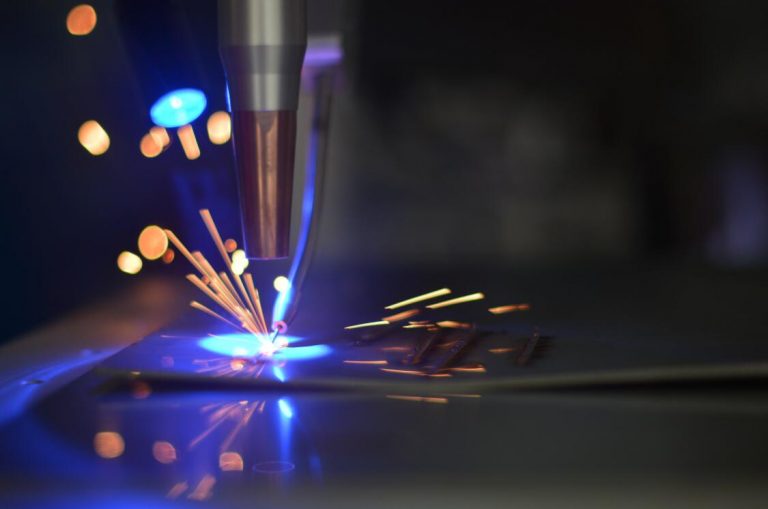
Laser cutting has revolutionized the miter cutting landscape by employing focused beams of light to melt or vaporize materials, resulting in exceptionally clean and precise cuts. Safety is paramount when operating laser cutters; therefore, wearing appropriate protective gear is essential. OPMT Laser offers advanced laser cutting solutions that streamline workflows and enhance productivity in woodworking projects. Explore their LP550V for state-of-the-art laser processing.
Circular Saw
The circular saw is a versatile portable tool capable of producing smooth miter cuts by adjusting the blade’s orientation and angle. While primarily known for bevel cuts, it can also be adapted for miter cuts with proper setup. This flexibility makes circular saws an excellent choice for on-site projects where portability is key.
Pros and Cons of Bevel Cutting
Advantages of Bevel Cutting
Bevel cutting is a highly effective technique that offers numerous benefits, making it a preferred choice in various applications. One of the primary advantages is the improved structural stability it provides. By distributing stress evenly across the material, bevel cuts reduce weak tension points, which is essential for heavy-duty projects. For instance, according to The Fabricator, beveled edges create stronger welds necessary for supporting substantial loads, enhancing the overall durability of the assembly.
Another significant benefit is the increased joint strength. The inclined edges of a bevel cut expand the joining area between two workpieces, resulting in more robust connections. This feature is particularly crucial in construction and manufacturing where joint integrity is vital.
Moreover, bevel cuts enhance the aesthetic appeal of materials. The sloped edges offer a refined finish that many projects require for visual enhancement. Research indicates that about 30% of projects necessitate bevel cuts for both functional and aesthetic purposes.
Lastly, bevel cutting minimizes material wastage. Unlike traditional straight cuts, bevel cuts allow for precise angles that optimize resource use, making it an economical choice—especially when working with high-cost materials. For innovative solutions in bevel cutting technology, consider exploring products like the Micro3D L530V from OPMT Laser.
Disadvantages of Bevel Cutting
While bevel cutting presents several advantages, it also has its drawbacks that should be considered. One notable disadvantage is the potential for inaccuracy. Achieving precise bevel angles can be challenging; even slight deviations can compromise project quality and lead to costly corrections. This risk underscores the importance of skilled operators and reliable equipment.
Additionally, creating the required bevel angle can be time-consuming. The process involves careful adjustments and expertise, which may pose challenges for less experienced individuals. This complexity can lead to delays in project timelines.
Safety concerns are another critical aspect of bevel cutting. The operation involves sharp blades and heavy machinery, which can pose risks, particularly for those who are not adequately trained. Ensuring proper training and safety protocols is essential to mitigate these hazards.
Lastly, bevel cutting is not universally applicable; it is limited to specific materials that can withstand the stresses involved in this technique. Understanding material compatibility is crucial before proceeding with bevel cuts to avoid complications during production.
By weighing these pros and cons thoughtfully, businesses can make informed decisions about whether bevel cutting aligns with their project needs and capabilities. For advanced CNC systems that enhance precision in bevel cutting, check out OPMT Laser’s LP550V model designed for high-performance applications.
Pros and Cons of Miter Cutting
Although we have a basic understanding of miter cutting, recognizing its significant advantages and disadvantages is essential for anyone considering this technique in their projects.
Pros of Miter Cutting
Miter cutting is a versatile technique that enhances various projects. Here are some notable benefits:
- Strong Joints: Miter cuts create robust joints at corners, providing a larger surface area for bonding during welding or other methods. This results in stronger connections.
- Aesthetic Appeal: Unlike straight cuts that may appear plain, miter cuts add an artistic flair to projects, elevating their visual appeal.
- Design Flexibility: By allowing cuts at various angles, miter cutting enables the creation of intricate designs and patterns, particularly valuable in woodworking.
- Material Efficiency: This technique minimizes waste by utilizing maximum material through sloped cuts along the width, making it resource-efficient.
Cons of Miter Cutting
Despite its advantages, miter cutting has some drawbacks:
- Skill Requirement: Achieving accurate miter cuts requires significant training and practice; even minor mistakes can lead to poor results.
- Precision Challenges: Setting the correct angle is critical; even slight deviations can compromise the entire workpiece, leading to costly corrections.
- Tool Maintenance Costs: The tools necessary for miter cutting often require expensive upkeep; neglecting maintenance can result in inaccurate cuts and wasted materials.
Incorporating these elements will not only enhance readability but also improve SEO performance, increasing visibility on search engines.
Bevel vs. Miter Cuts: What’s the Difference?
Understanding the difference between bevel cuts and miter cuts is essential for anyone engaged in woodworking or construction. Both techniques create angled cuts, but they serve different purposes and are executed differently.

| Difference Base | Bevel Cut | Miter Cut |
|---|---|---|
| Cutting Angle | The angle at the edge of the material | Angle along the width of the material |
| Cut Orientation | At the edge of the material | Along the face of the material |
| Orientation of The Blade | Titled at an angle less than 90° | Remains straight |
| Applications | Ideal for frames, boxes; joins wood at an angle | Suitable for decorative edges, joinery, trim work |
Understanding Bevel Cuts
A bevel cut involves adjusting the blade at an angle along the edge of the material. This method is particularly useful when creating joints at the edges, making it ideal for projects like picture frames or decorative boxes. By tilting the blade, you achieve an angled cut that enhances both strength and aesthetic appeal. Are you looking to make precise bevel cuts? Consider using OPMT Laser’s innovative CNC systems, such as the Micro3D-L530V, designed for accuracy and efficiency.
Exploring Miter Cuts
Conversely, a miter cut is made by adjusting the blade across the width of the material, allowing two faces to join seamlessly at corners. This technique is essential for trim work or constructing frames where visual appeal is vital. Miter cuts create clean angles that fit together perfectly, enhancing your project’s overall look. If you’re interested in tools that can help you achieve flawless miter cuts, check out OPMT Laser’s LightGrind LT20, which offers precision cutting capabilities.
Practical Applications
When deciding between bevel and miter cuts, consider your project’s requirements:
- Bevel Cuts: Best for creating joints at edges, such as in furniture making or cabinetry.
- Miter Cuts: Ideal for trim work or when joining two pieces at a corner.
Both cutting techniques have their unique advantages and applications, making them essential skills in woodworking and construction.
Factors to Consider When Choosing a Cutting Method
Have you ever wondered why using the right method matters? Using an inappropriate technique can lead to poor quality cuts or even damage to the material. To ensure efficiency and quality, it’s essential to match the cutting method to the material type. For advanced solutions, consider exploring OPMT Laser’s innovative CNC systems designed for various materials here.
Material Thickness Considerations
The thickness of the material also plays a critical role in determining the appropriate cutting method. For example, if you’re working with materials thicker than 1 inch, heavy-duty tools such as laser cutters or plasma cutters are recommended. These tools can handle the increased resistance and provide clean cuts.
Are you curious about how thick your material can be for effective laser cutting? OPMT Laser provides detailed specifications tailored to various applications, ensuring you choose the right equipment for your project. You can find more information on their products here.
Precision Requirements
Another significant factor is the level of precision required for your project. High-precision applications—such as those in medical devices or automatic components—demand tools that offer exceptional accuracy. In such cases, laser cutters are often the best choice due to their ability to make intricate cuts with minimal tolerance.
On the other hand, if your project does not require high precision, tools like jigsaws or circular saws may be sufficient. Understanding your project’s precision needs will help you select the most suitable cutting tool.
Cost and Efficiency
Cost considerations are crucial when choosing a cutting method. Different methods come with varying operational costs, including equipment investment and maintenance expenses. For instance, while initial investments in laser cutting technology may be higher, their efficiency and speed can lead to cost savings over time.
Ultimately, evaluating both the upfront costs and long-term benefits of each method will guide you in making a financially sound decision. OPMT Laser’s range of products offers options that balance cost with performance effectively.
Which One Should I Choose?
When deciding on a cutting technique, consider the specific requirements of your project. If you aim to create framing structures with precise corners, miter cuts are ideal as they allow for a clean 90° angle necessary for strong joints. This method is commonly used in box manufacturing where durability meets aesthetic appeal.
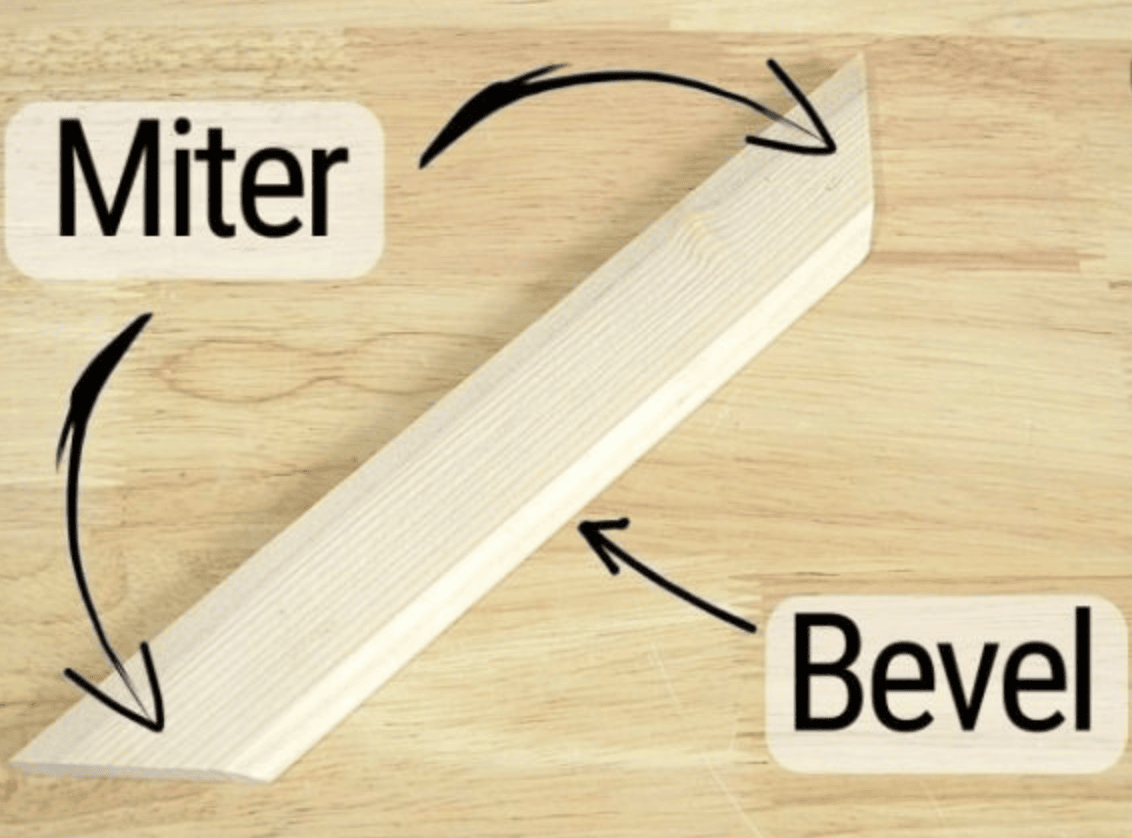
On the other hand, if your focus is on achieving seamless joints with a sloping edge, bevel cuts are preferable. This technique involves cutting at an angle less than 90°, making it suitable for applications such as welding or carpentry where smooth transitions are crucial.
Ultimately, your choice between miter and bevel cuts should align with your project’s goals. OPMT Laser offers a range of precision tools designed to assist you in executing both techniques efficiently, ensuring high-quality results tailored to your needs.
Conclusion
Miter and bevel cuts are essential techniques that can elevate your projects, providing both precision and elegance. You may find it challenging to determine which method suits your needs best, but understanding their unique benefits is key. Did you know that the right cut can enhance joint strength by up to 50%?
At OPMT Laser, we’re committed to helping you make informed decisions for your cutting projects. This guide has explored the distinctions between miter and bevel cuts, their applications, and the tools that can help you achieve flawless results.
Are you excited to take your craftsmanship to the next level? Discover OPMT Laser’s cutting-edge solutions and see how our advanced laser technology can transform your projects into masterpieces!
Disclaimer
This content is compiled by OPMT Laser based on publicly available information for reference only; mentions of third-party brands and products are for objective comparison and do not imply any commercial association or endorsement.

